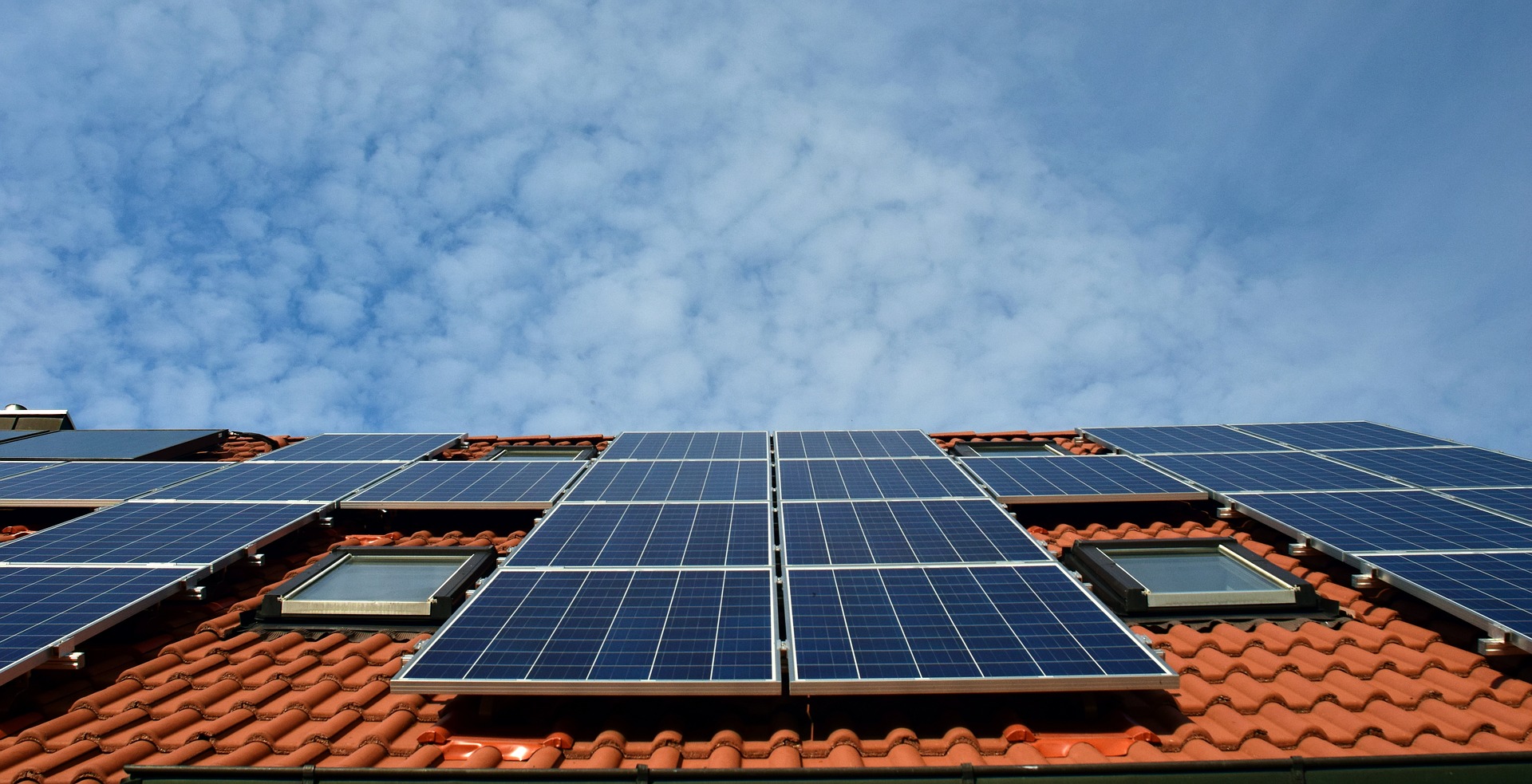Significant developments in the Solar Panels indicate what to expect from the future of Solar Energy. Published recently in scientific journals, Natures Energy and Natures Photonics, these journals mention major improvements in some of the pain points of the technology. Researchers have now found ways to improve efficiency as well as the cost of solar panels.
Solar energy is one of the most available energy sources as the sun provides a relatively unlimited amount of energy. We need a way to way to harvest this energy and convert it into Electricity. As it is one of the significant energy resources today. We need Electricity to run our homes, offices, industries, and even cars. The main problem, however, is that converting solar energy to Electricity is highly inefficient and costly.

While there are cheaper alternatives to solar energy, they come at the cost of environmental pollution. The renewable resources except for hydel energy cost way too much and provide less energy in return. Therefore the main research area for scientists for a long time is trying to improve solar panels. These improvements can either target the low efficiency of commercial devices or their manufacturing cost. The two recent breakthroughs involve work in both of these areas.
Solar Cell Efficiency:
First off, a team of researchers at RMIT University and UNSW University in Australia, along with people from the University of Kentucky from the US, have developed a way to improve solar cell output. This team has found a way to transfer energy from low energy light waves (i.e., Infrared waves) into molecules using Oxygen.
The energy from the sun travels in the form of waves. Visible light is one of a large variety of waves in that spectrum. While we only utilize visible light presently with silicon-based solar panels. Most silicon-based commercial cells are not capable of using light in the infrared spectrum. Consequently, a lot of input energy is wasted, and we get lower device efficiency.

This method used small semiconductor materials called Quantum Dots in solar cells. Quantum Dot based photocell on its own provides an efficiency of around 16.6 percent. This is very low s compared to our current silicon-based cells, which the scientists have matured over the years. Complex Solar cells right now can provide an efficiency of around 40 percent. The interest here is that if we make a hybrid cell using both of these technologies, we can bump efficiency to approximately 50 percent for solar cells.
Cost-Effective Solar Cells:
Another development in solar cell materials is perovskites. Perovskite is any material with the same type of crystal structure as calcium titanium oxide. Scientists have developed a way to use perovskites to produce solar cells that are efficient and cost-effective than currently available commercial ones.
Perovskite-based solar cells are cheaper to manufacture. They are lightweight, flexible, and also have more structural rigidity than silicon cells. One problem with these solar cells was their upscaling. The material is challenging to scale up, and the cost to performance ratio drops when more effort is required to make larger cells.

Dr. Luis Ono, a co-author of the study, said that “Any defects in the material become more pronounced, so you need high-quality materials and better fabrication techniques.”. With the newer approach, scientists use multiple layers of material. This prevents energy from being lost or toxic chemicals from leaking as it degrades.
Also Read Sunswift’s Violet, a Solar-Powered electric car.
With the newer method, scientists observed efficiency of over 16 percent for a small solar cell. The goal is to make larger cells with similar efficiency and properties now. In conclusion, Solar energy will be the most viable energy source if it continues to grow like this in the future.


